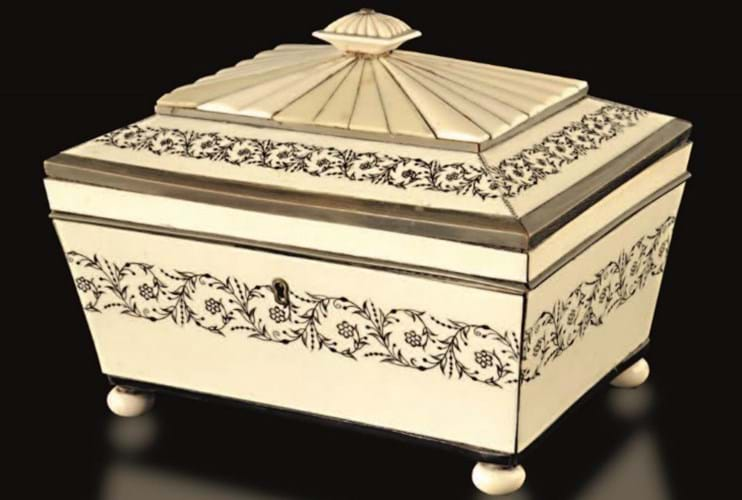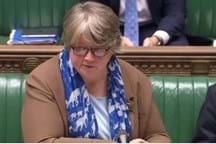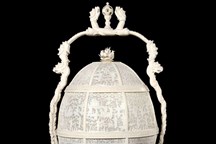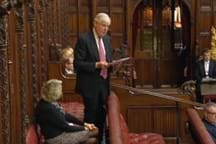
The announcement was made on April 3 2018 by the Department for the Environment, Food and Rural Affairs (Defra) as its response to a consultation on a UK ivory sales ban that closed in December 2017.
It covers ivory items of all ages – not only those produced after a certain date. The maximum available penalty for breaching the ban is an unlimited fine or up to five years in jail.
Antiques Trade Gazette has covered this matter extensively over the past four years and all its key coverage and letters from readers are in this handy guide to the changes:
Download the ATG Guide to the UK ivory ban.
The guide answers key questions including:
- What does the ban involve from an antiques point of view and is the ‘1947’ date still relevant?
- When the law is enacted, what can be sold under the 10% de minimis exemption?
- What does Defra mean by ‘rarest and most important items of their type’?
- What impact will the 100-years-old requirement have?
- What will I have to do to sell under the exemptions?
- How will Defra police registration?
- What will the penalty be for breaking the law?
On announcing the intended ban, the then Environment Secretary Michael Gove said: "The ban on ivory sales we will bring into law will reaffirm the UK's global leadership on this critical issue, demonstrating our belief that the abhorrent ivory trade should become a thing of the past."
The consultation had received more than 70,000 responses, with over 88% of responses in favour of the ban.







